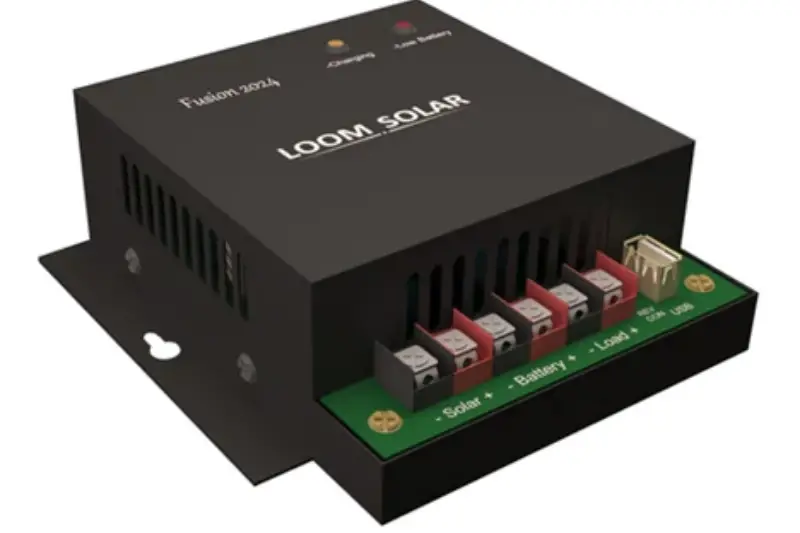Click here to get this post in PDF
The solar charge controller is a critical part of any solar system that includes storage. We’re talking about solar-powered devices that “store” energy in batteries. These systems may also be utilized “off grid,” which means that they are not linked to the electrical grid, but are nonetheless independent in their functioning. In this context, we are referring to compact systems that can power boats, campers, cabins, and even full residences with energy. We can no longer rely on a firm for our energy source in this instance.
PV solar charge controllers, also known as regulators and chargers, are used mostly in off-grid systems that need a battery bank for their operation and hence necessitate the usage of a charge controller to optimize and manage the charge of the batteries.
Batteries are continually being monitored and regulated by the controller, as their name suggests, in order ensuring that their useful life is not shortened by overcharging. The charge controller manages the charge of the inverter battery as the power from the solar panels increases to prevent overcharging. This protects the batteries from being damaged by high voltage.
A three-stage charging cycle is standard on most charge controllers.
- A battery’s maximum electrical current consumption is reached when the charging voltage grows steadily to achieve its limit (the charging voltage value varies for each battery).
- After a given amount of time (about an hour), the voltage is maintained, and then the current steadily decreases as the battery is charged.
- Third stage: The voltage lowers, and the energy flow is kept to a minimum in this last step until the first stage has to be restarted.
But the steps might have different variations based on the system and the controller utilized.
Types of Solar Charge Controller
Controllers are divided into two categories: PWM (pulse width modulation), and MPPT (Maximum Power Point Tracking). It is important to note that the PWM functions as a switch between solar panels and the battery, and that the MPPT is responsible for operating at the photovoltaic panel’s input to receive the maximum power or to restrict the power in the “absorption” and “float” phases. In the near future, we’ll take a closer look at each one.
Finally, the architecture of the system and the kind of solar module utilized will determine the sort of solar charge controller needed. It is usually a good idea to seek counsel from a corporation or individual with relevant expertise and training.
1. Cutting the voltages in your solar panel
- In the absence of a controller, a solar panel will generate more power than an inverter battery can handle, resulting in a battery overcharge and eventual battery damage.
- A battery that has been overcharged runs the risk of exploding!
2. Keeping tabs on the battery’s voltage
- When the battery’s voltage falls below a certain threshold, the controller will notify you. This is done in order to prevent a battery from being completely drained if it dips below a specified voltage threshold.
- In the event that a battery is entirely depleted, it will lose part of its capacity.
- If a load is attached to the battery, low voltage might still harm it.
3. When to stop the reverse current in the dark
- At night, the controller prevents any electricity from returning to the solar panel.
- To avoid any harm to your solar-charging equipment, do it here.
You may also like: Loom Solar Panels That Can Generate Electricity All Day and Night

